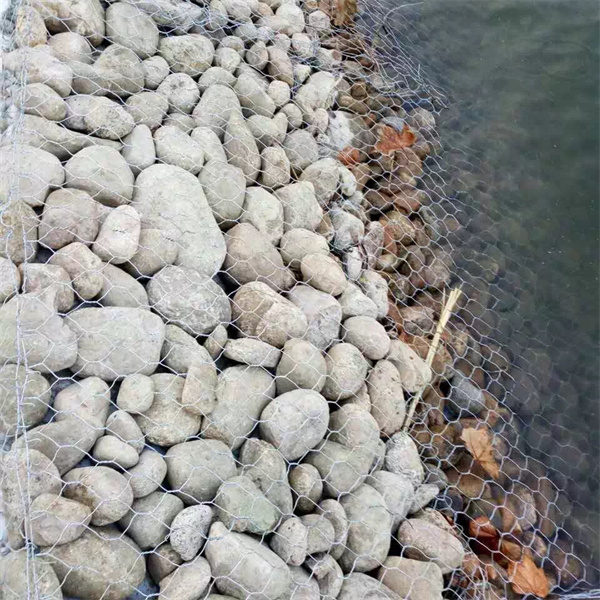Aug . 21, 2024 13:02 Back to list
Cost Analysis for Gabion Retaining Wall Construction and Maintenance
The Cost of Gabion Retaining Walls An Overview
Gabion retaining walls have gained popularity as a versatile and cost-effective solution for various landscaping and engineering needs. These structures, made from wire mesh cages filled with stones, are not only aesthetically pleasing but also practical for managing soil erosion and retaining earth on sloped terrains. Understanding the cost factors associated with constructing gabion retaining walls is essential for anyone considering this type of installation.
What is a Gabion Retaining Wall?
A gabion retaining wall consists of wire baskets, known as gabions, filled with rocks or other materials. These walls are designed to provide stability and support for soil and other structures while allowing for water drainage, making them effective in preventing erosion and landslides. Additionally, their porous nature helps to reduce hydrostatic pressure, which is often a significant concern with traditional solid retaining walls.
Cost Factors to Consider
1. Materials The primary cost of a gabion retaining wall comes from the materials used. Gabion baskets are typically made from galvanized steel or PVC-coated wire, which can vary in price based on quality and thickness. The filling material, usually rocks or stones, is another significant expense. The cost of these materials can vary widely depending on local availability, type, and quality.
2. Labor Labor costs will also impact the overall expense of constructing a gabion wall. While the installation of gabion walls can be less labor-intensive than traditional concrete walls, skilled labor may still be necessary to ensure proper construction and alignment. Depending on the region, labor rates can fluctuate, influencing the total cost significantly.
3. Design and Engineering For larger projects or where there are specific engineering concerns, hiring a professional for design and consultation can add to costs. Experts can provide valuable insights on wall height, length, drainage, and other crucial factors, ensuring the wall's stability and effectiveness.
cost gabion retaining wall

4. Site Preparation Before construction can begin, site preparation is essential. This may include clearing vegetation, leveling the ground, and possibly excavating the area where the wall will be placed. These activities also come with their own labor and material costs.
5. Transportation The cost of transporting materials to the site is often overlooked but can significantly influence the overall budget. The distance between the source of your materials and your construction site can affect transportation costs, especially for heavy items like stones.
6. Maintenance While gabion walls are generally low-maintenance, occasional repairs or replenishing of the stone filling may be necessary over time. It is wise to factor in potential long-term costs for maintenance when considering the overall budget for a gabion retaining wall.
Cost Comparison with Other Retaining Walls
When compared to traditional concrete or masonry retaining walls, gabion retaining walls often present a more affordable option. The materials, ease of installation, and natural resistance to weathering and erosion can lead to long-term savings. This cost-effectiveness, coupled with their environmental benefits and aesthetic appeal, makes gabion walls an attractive choice for homeowners and contractors alike.
Conclusion
In conclusion, while the initial cost of a gabion retaining wall can vary based on factors like materials, labor, and site preparation, it often remains a competitive option compared to other types of retaining walls. By understanding these cost factors and planning appropriately, individuals and organizations can make informed decisions that align with their budget and project needs. The benefits of gabion walls, not only in functionality but also in environmental sustainability, make them a worthwhile investment for effective soil management.
-
Visualizing Gabion 3D Integration in Urban Landscapes with Rendering
NewsJul.23,2025
-
The Design and Sustainability of Gabion Wire Mesh Panels
NewsJul.23,2025
-
The Acoustic Performance of Gabion Sound Barriers in Urban Environments
NewsJul.23,2025
-
Mastering the Installation of Galvanized Gabion Structures
NewsJul.23,2025
-
Gabion Boxes: Pioneering Sustainable Infrastructure Across the Globe
NewsJul.23,2025
-
Custom PVC Coated Gabion Boxes for Aesthetic Excellence
NewsJul.23,2025
-
Installation Tips for Gabion Wire Baskets in Erosion Control Projects
NewsJul.21,2025






